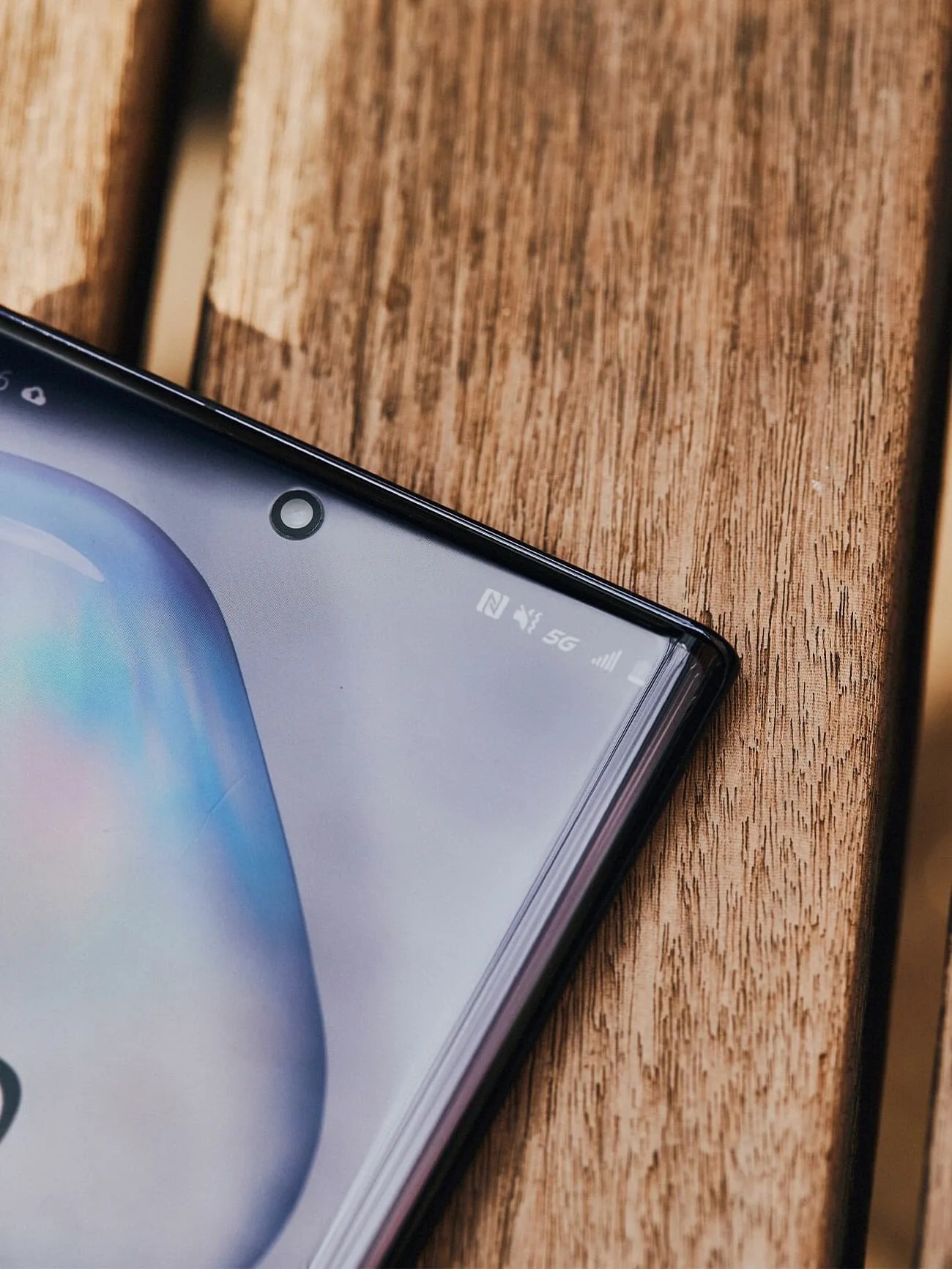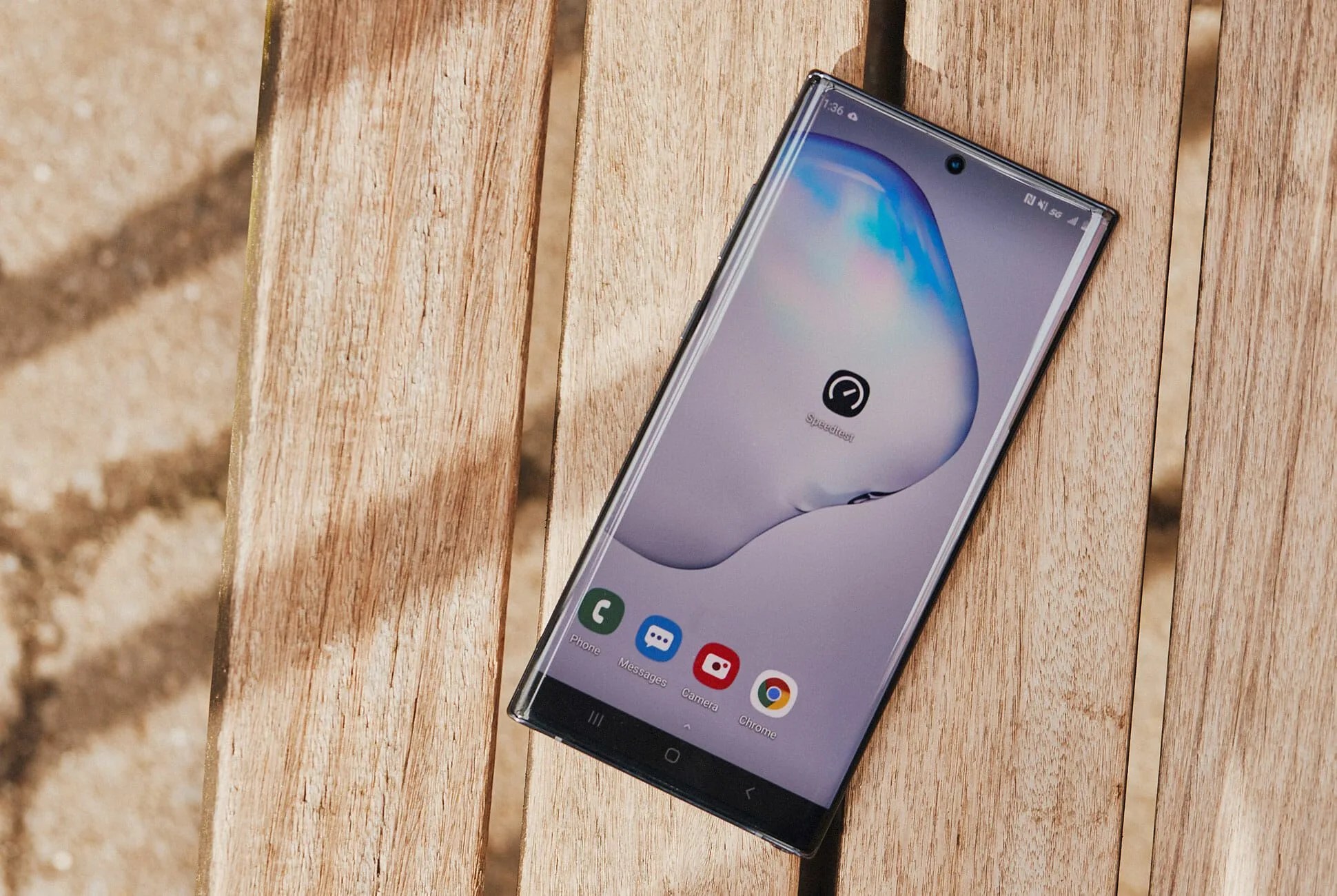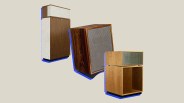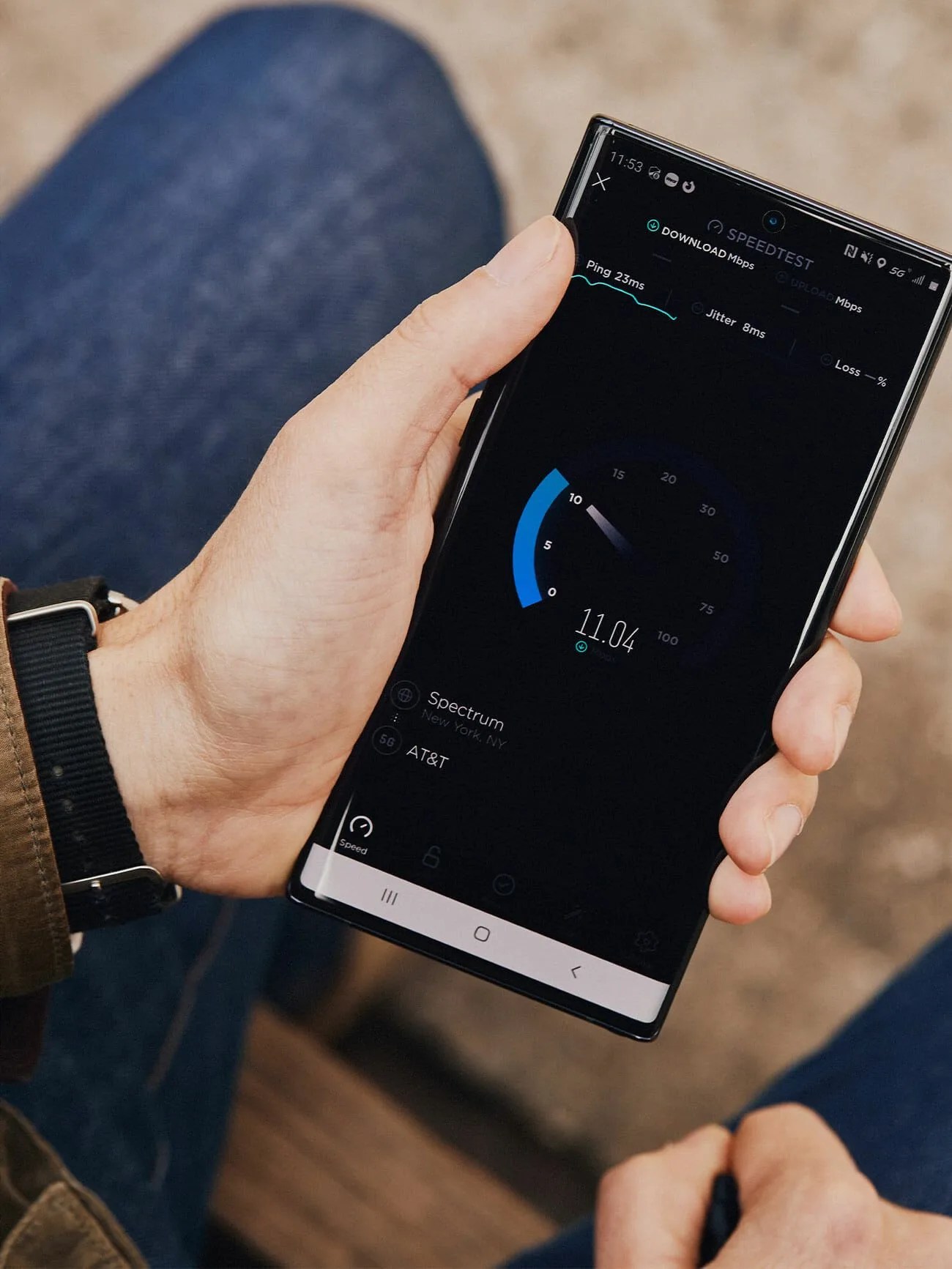This story is part of our Summer Preview, a collection of features, guides and reviews to help you navigate warmer months ahead.
On paper, 5G will make your jaw drop. Its highest speeds beat most home broadband connections by orders of magnitude. With it, YouTube videos load in a snap, entire seasons of TV download in seconds. More crucial than any anecdote or benchmark, however, is the answer to a simple question: How will this technology change the way I live my life?
After spending some time surfing 5G’s futuristic airwaves humming with hype, I can tell you with firsthand knowledge: it probably won’t. At least not yet.
Officially, in its broadest definition, 5G stands for fifth-generation cellular wireless. It’s the successor to 4G and a cousin to LTE. New phones will support it and older phones will not. As far as the marketers are concerned, 5G is synonymous with speed. But under the hood, 5G is a digital chimera — a marriage of two different technological means suited to a similar end.
One half, known colloquially as “sub-6,” is quickly blanketing the nation. In large part a software upgrade, this flavor of 5G operates on the same general airwaves your phone currently uses and shares the same general characteristics, spreading far and wide from tall, distant towers that combine to cover a large area.

The other half, often called “millimeter wave,” is the sexy bit. Utilizing extremely high-frequency airwaves never widely used by mobile devices before, it delivers blistering speeds of 1,000 megabits per second or higher. But it comes with significant downsides: these waves don’t travel far, and they are easily blocked by walls, buses and trees; and for now, they’re only pumped out of little black antennas on top of streetlights in a handful of cities across the country.









